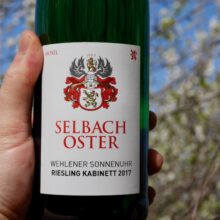
Product information
Sadie Family Swartland Kokerboom 2024
$208
Description
The 2024 Kokerboom is a blend of Sémillon Blanc and Gris. Mellow on the nose, this is the most timid of Sadie’s ’24s at the moment, with very light wet wool and earthy aromas. The palate is very spicy on the entry, with a touch of ginger, linear and minimalist for Sémillon, with a bright, sapid, slightly fiery finish. Very fine.
Neal Martin, Vinous 92 Points
In stock






You must be logged in to post a comment.